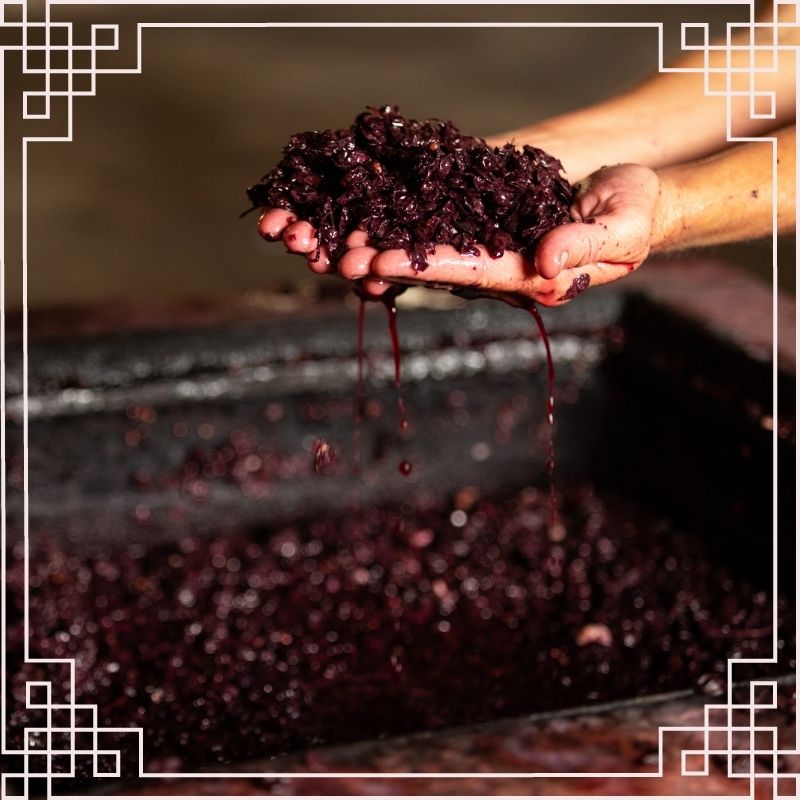
It can be frustrating when you think your wine is finished with fermentation, so you proceed with bottling, only to realize that it starts fermenting again and makes a big mess. This can be due to stuck fermentation, which happens to the best winemakers once in a while. There are things that you can do to help prevent stuck fermentation or to get it going again if it happens to you.
What causes stuck fermentation?
Stuck fermentation occurs when the yeast stops consuming the sugars before the sugars are completely gone. There are many reasons that this could happen such as:
- Too cool of a temperature
- Lack of oxygen
- Lack of nutrients
- Starting with too much sugar
- An improper yeast starting method
Whatever the reason for a stuck fermentation, using a hydrometer can help you identify when this happens so you can take action.
Using a Wine Hydrometer
Using a wine hydrometer is simple and provides crucial information during the winemaking process as readings are taken based on how high or low it floats in the wine. By using a wine hydrometer to ensure that there are no sugars left in the wine, you can bottle knowing that it will not start fermenting again after bottling. Always sterilize equipment thoroughly.
You can use a wine hydrometer on the first day to see if your wine has the right amount of sugars to ferment and provide the right alcohol content you’re looking for. If the reading is too high or too low, give it a good stir as sugars can settle on the bottom to throw off the reading.
Use a hydrometer during fermentation to ensure that the process is proceeding. Your hydrometer will also tell you when the fermentation is finished once you get a reading below 1000 on the scale and it stays that way for three consecutive days.
Your hydrometer can also help you calculate how much alcohol is in your wine. Write down the starting specific gravity (SG) number at the beginning of the process and compare it to the number at the end to see how much sugar was used up. Take this difference and multiply it by 131 to get your ABV percentage. For example, in the following scenario, a starting SG reading of 1.087, and a finished SG reading of .997, would yield an ABV of 11.79%:
| Starting Gravity | 1.087 |
| Finishing Gravity | 0.997 |
| Difference | 0.090 |
| 0.900 x 131 | 11.790 |
Typically, you want a starting SG reading between 1.070 to 1.100, anything more than that and the yeast will have to work too hard and could cause stuck fermentation.
If your hydrometer readings remain the same and higher than 1000 for three consecutive days, your fermentation could be stuck.
Try moving your fermenter into a room with a temperature at least 68° to 70° as too low of a temperature can cause stuck fermentation. Sanitize a spoon and stir at least once to twice per day. Sometimes this is enough to get the fermentation going again. If not, you may need to add a yeast energizer and stir well.
Continue to use your hydrometer and once the fermentation has completed, you can add some sugar for sweetening just be sure to add potassium sorbate at the same time. This will help keep the fermentation in check but only when fermentation is complete, and all yeast has been settled and removed from the wine.
RainMakers Supply is your Midwest homebrew store serving the Chicagoland area with quality homebrew equipment and supplies. We offer everything you need to start making your own wine or beer including tips and tricks from experienced homebrewers. Contact RainMakers with any questions and for troubleshooting any fermentation problems you are having.
